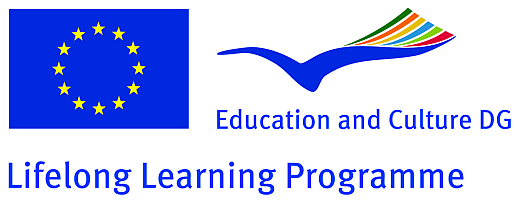Blogs TAG cloud
Community of PASS users
Yes - No with plush animals
Category: Phase 1I took as a "model" the video posted on PASS Materials by Alexander. I have done almost the same thing with my daughter. I took five plush animals (bears expecially) not so different one from each other. I was the one thinking first of a toy, she was the first one trying to find out about the toy using questions. I put a rule on this game: no guessing. We also changed the toys that we were thinking about with others similar.
She asked me at the beginning question like "What's the color of the toys eyes?" that I could not reply with yes or no. So, I insisted that I only can respond with yes or no.
I realised thet she has done better this time and I was proud because she was using new "elements" on her questions. She tried to see what makes each toy different, what is the distinctive element. She was good at it. For example: a scarf, a star on the ear, if it stands on two feets, if it has the fingers delimitated etc.
She put more than four questions before giving an answer.
PASSblog Archive
- 2014 (4)
- July (2)
- What about Franklin?
- Animal cards
- June (1)
- Let's compare books!
- January (1)
- Nursery rhymes
- 2013 (22)
- November (2)
- A game in the target language
- Online cooking game
- September (5)
- Language experience with my children
- Sorting
- An English patient.
- Numbers
- Cartoons in the target language
- August (1)
- A new book in English
- July (9)
- Our first attempt
- Guess again...
- In a mood for a TV show...
- Dialogue about Pinocchio
- A sorting game
- February (5)
- New video from PASS
- Welcome!
- Reading to the child (part 1)
- Reading to the child (part 2)
- Reading to the child (part 3)









